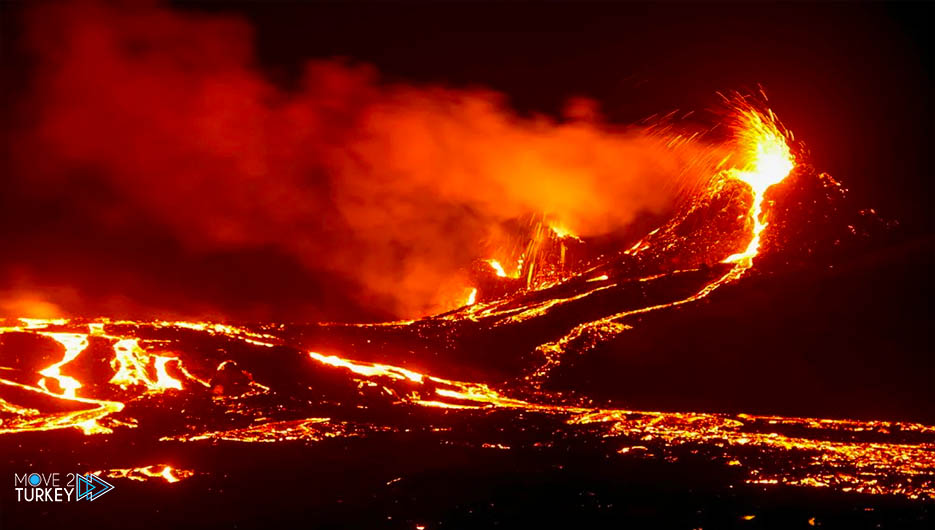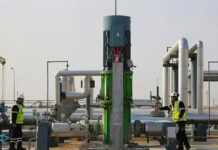
The Cumbre Vieja volcano erupted several days ago on the island of La Palma in the Canary Islands archipelago in southwestern Spain, releasing nearly 80 million cubic meters of lava to date.
-Advertisement-
As its flow has continued since September 19, the delta of the formed lava has expanded, causing more gases to be emitted.
Experts from the Institute of Volcanology in the Canary Islands and the Spanish Institute of Mines and Geology have warned that air pollution in the region is increasing due to high gas emissions.
In a previous statement to reporters, experts said that the ash and gas emitted from the volcano reached a height of 3,500 meters during the past hours, and that daily sulfur dioxide emissions amounted to 10,757 tons.
According to data from the European Space Agency’s Copernicus Earth Observation System, lava has covered more than 450 hectares in the past 12 days.
-Advertisement-
It affected about 24 kilometers of roads and destroyed about 980 buildings, including 750 homes.
Authorities announced that lava was still threatening 1,200 homes in the area, with 6,200 people being evacuated.
The last eruption of “Cumbre Vieja” occurred 50 years ago, and the volcano is located south of the island of “La Palma”, which is inhabited by about 85,000 people.
The Canary Islands, located off the northwest of the continent of Africa, is an archipelago of seven islands, and the last eruption of a volcano was recorded in 2011, which erupted underwater near the island of Iliero.






















